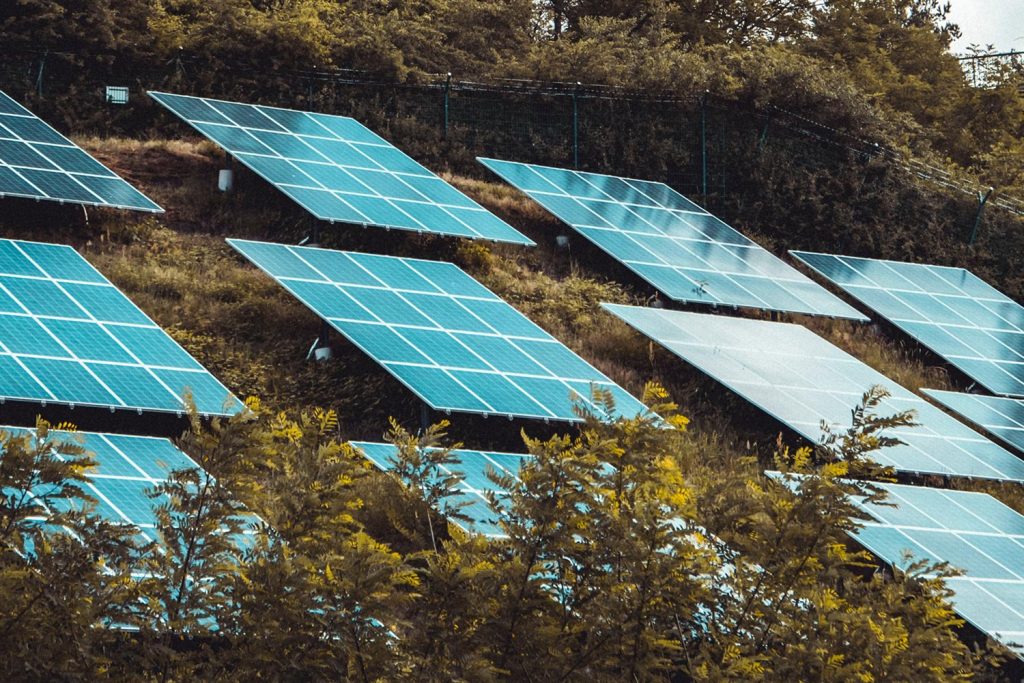Solar energy is a renewable energy source obtained through electromagnetic radiation from the sun, both heat and light. Thanks to different technologies, we can harness solar radiation to produce heat and electricity.
Although we all know what a solar panel is and what it is used for, many of us are unaware of how energy is obtained from sunlight so that we can then use it in our homes.
Ways of obtaining solar energy
There are two ways of obtaining our energy through the sun's radiation. The first is the simplest, which uses solar panels with a fluid that circulates inside them and is heated by the sun's rays to subsequently heat water for domestic use, such as in the shower.
Solar collectors or solar collectors are devices in which there is a liquid that absorbs solar energy and stores its heat. The plate consists of a system of pipes through which the fluid circulates. Once it is hot, this liquid passes to a heat storage compartment and then to a heat exchanger, where it transfers its temperature to the water for domestic use. After this process, the cold fluid is circulated back through the solar collector.
The second way of obtaining solar energy is a little more complex and is the one we will focus on in this article. Using photovoltaic panels, the energy from sunlight is captured and converted into electricity that can be used.
As the type of current they provide is a direct current, to get the most out of solar energy we will have to use a power converter to convert it into an alternating current, which is the one we use in our homes and businesses.
How does a photovoltaic panel work?
A photovoltaic solar panel transforms light energy in the form of photons into electrical energy or electrons thanks to the solar cells or solar cells of which the solar panel is composed. But what is a solar cell?
Also called a photoelectric cell or photocell, a photovoltaic cell is an electronic device made of materials that have a photoelectric effect, i.e., it absorbs photons of light and emits electrons. When the photons are captured, the result is an electric current that can be used as electricity.
This process is produced in different materials, but today the most widely used is silicon, a material that is quite abundant on the planet, but which presents difficulties of extraction and synthesis. As a result, the panels available on the market are expensive and very heavy, which makes installation difficult.
Work is being done to find new materials that do not involve such high costs and weigh less to manufacture solar panels that are cheaper, more efficient, and easier to install, making them more accessible to the population. In this way, solar energy can become a safe and renewable source that is viable in many areas of the world where the sun shines on many days of the year.


